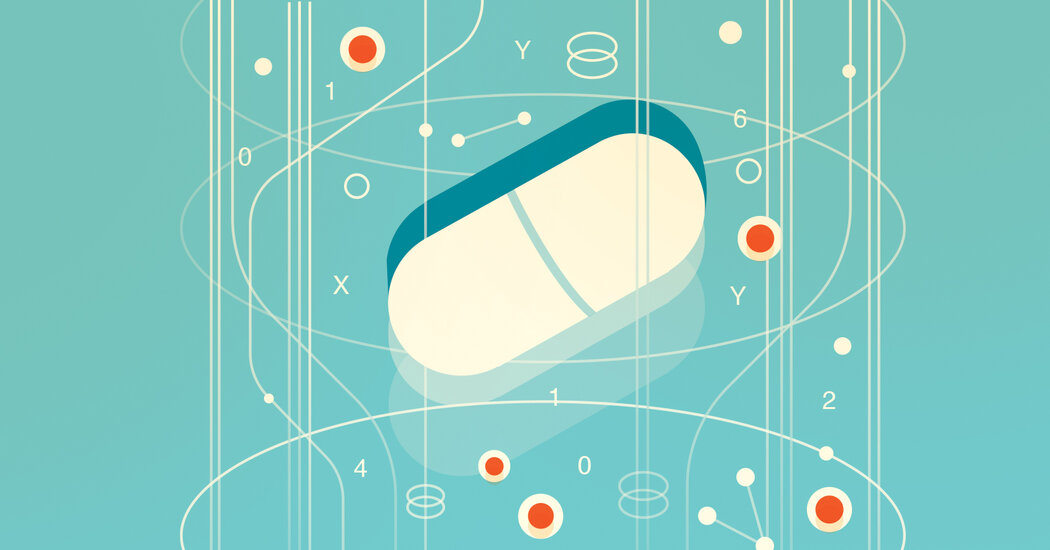Opinion | Bill Gates: We Must Develop Drugs Much Faster in the Next Pandemic
Treating disease is nothing new to humans. The practice of using roots, herbs and other natural ingredients as healing agents dates to ancient times. Some 9,000 years ago, Stone Age dentists in modern-day Pakistan drilled into their patients’ teeth with pieces of flint. The ancient Egyptian architect and physician Imhotep cataloged treatments for 200 diseases nearly 5,000 years ago, and the Greek physician Hippocrates prescribed a form of aspirin — extracted from the bark of the willow tree — more than 2,000 years ago. But it’s only in the past couple of centuries that we’ve been able to synthesize medicines in the lab rather than by extracting them from things we found in nature.
While some of the drugs we rely on today were invented intentionally through painstaking research, others are products of pure accident. In the 1880s, for instance, two chemistry students at the University of Strasbourg were testing whether a substance called naphthalene — a byproduct of making tar — could be used to cure intestinal worms when they stumbled upon a solution to a problem they weren’t even looking to solve. Naphthalene didn’t get rid of worms — but to the students’ surprise, it did break the person’s fever. After further investigation, they realized they hadn’t even administered naphthalene at all, but rather a then-obscure drug called acetanilide, which the pharmacist had given them by mistake. Soon, acetanilide was on the market as a cure for fevers, but doctors found that it had an unfortunate side effect: It made some patients’ skin turn blue. Eventually, they derived a substance from acetanilide that had all the benefits without the blue hue. It was called paracetamol, which Americans know as acetaminophen, a.k.a. Tylenol.
Today, drug discovery still relies on a mixture of good science and good luck. Unfortunately, when an outbreak appears to be headed toward a pandemic, there’s no time to count on luck. The next time we’re faced with a contagion, scientists will need to develop treatments as fast as possible, much faster than they did for Covid.
So let’s suppose we’re in that situation: There’s a new virus that looks like it could go global, and we need a treatment. How will scientists go about making an antiviral?
The first step is to map the virus’s genetic code and figure out which proteins are most important to it. These essential proteins are known as the “targets,” and the search for a treatment essentially boils down to defeating the virus by finding things that will keep the targets from working the way they should.
Until the 1980s, researchers trying to identify promising compounds had to rely on slow trial and error to identify the right ones. Today, using 3-D modeling and robotic machines that run thousands of experiments at a time, companies can test millions of compounds in a matter of weeks — a task that would otherwise take a team of humans years to complete.
Once a promising compound is identified, the scientific teams will analyze it to determine whether it’s worth further exploration. Once they’ve found a good candidate, they will typically spend several years in the “preclinical” phase, studying it to determine whether it is safe and triggers the desired response. The first studies will be done in animals. (Finding the right animal is not easy. Researchers have a saying: “Mice lie, monkeys exaggerate and ferrets are weasels.”)
Check out our Latest News and Follow us at Facebook
Original Source







